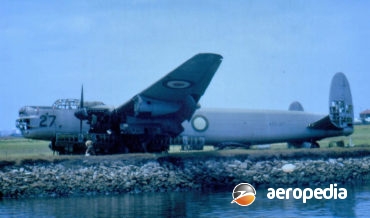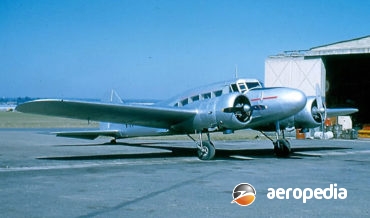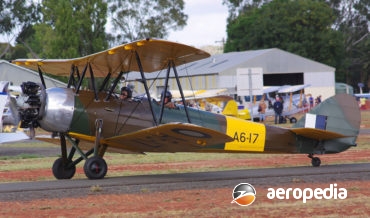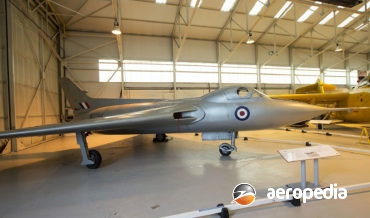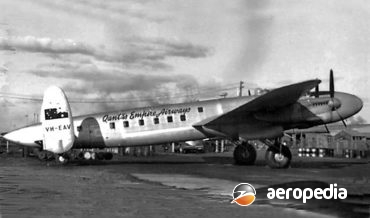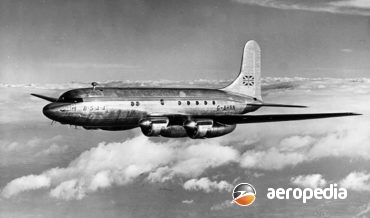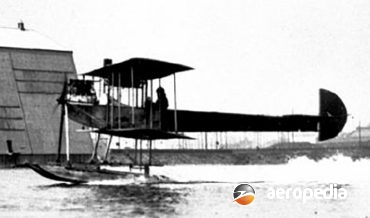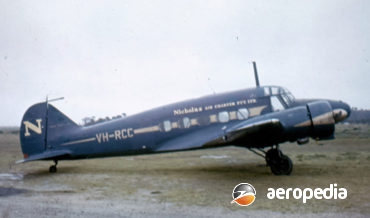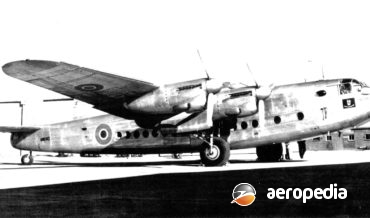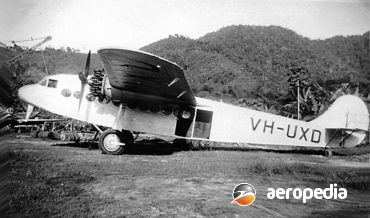All Contents
Contents
The Avro Lancaster was perhaps the most famous, and certainly the most successful, heavy bomber used by the RAF in World War II.
David C. Eyre
- May 19, 2019
The Avro 694 Lincoln was designed in anticipation of an Air Ministry specification for a heavy bomber capable of operating at altitudes up to and including 10,668 m (35,000 ft).
David C. Eyre
- May 19, 2019
The prototype of the Avro Type 698, or Vulcan, was ordered in January 1948, the first aircraft (VX770) flying with four 6,500 lbst Rolls Royce Avon R.A.3 turbojets in 1952.
David C. Eyre
- May 19, 2019
On 24 March 1935 the prototype (K4771) of the Avro Anson, a military derivative of the Avro 652 airliner, flew for the first time. Subsequently 8,138 examples were built in the United Kingdom, and 2,882 in Canada, incorporating Mks 1 to 21, with the last of the total of 11,020
David C. Eyre
- May 19, 2019
Released in 1931 as a scaled-down Avro Tutor, the Model 631 Cadet was produced in a number of variants, one of which was the Avro 643 Cadet Mk II, 34 examples of which were employed by the RAAF as trainers (serials A6-1 to –34) and these were known as the
David C. Eyre
- May 8, 2019
The Avro 707 series was designed in the United Kingdom solely for research work into the delta-wing configuration. Five aircraft of the type were built, each slightly different from the others. The first example, the Type 707 (VX784), was a single-seater and flew for the first time on 4 September
David C. Eyre
- May 8, 2019
The Avro 619 Five, of which only four were built, was a scaled down variant of the Avro Ten, which in itself was a licence built variant of the Fokker F.VIIB/3m.
David C. Eyre
- May 8, 2019
Pending the re-opening of the world airlines routes following the conclusion of World War II by new companies, and the placement into production of aircraft types such as the Handley Page Hermes and the Avro Tudor, the need for a stopgap airliner was seen as an urgent requirement and to
David C. Eyre
- May 8, 2019
In the 1980s Ultralight Aircraft Components Pty Ltd of Bondi Beach, NSW commenced marketing the Avro Mantis ultralight aircraft.
David C. Eyre
- May 8, 2019
The Avro Ten was a British-built variant of the very successful Fokker F.VIIB/3m airliner produced in the 1920s in The Netherlands, a licence to build and supply the type through the British Empire, excluding Canada, having been obtained by AV Roe and Co Ltd in 1928.
David C. Eyre
- May 8, 2019
The prototype Tudor (G-AGPF) first flew at Ringway on 14 June 1945 and testing of it and the second and third prototypes revealed some aerodynamic problems which needed some design changes, these taking some two years.
David C. Eyre
- May 8, 2019
The Avro Type D was the first Avro design that was not a triplane. The first of the type with a 26-kw (35-hp) Green engine flew on 1 April 1911 and was said by those who flew it to be ‘stable, vice-less and easy to fly’.
David C. Eyre
- May 8, 2019
The Avro XIX, 19, or Model 552A, was a development of the Avro Anson for use by the RAF as a personnel transport late in World War II and differed in having a deeper fuselage with more headroom to allow easier access for passengers, and a tapered metal wing.
David C. Eyre
- May 8, 2019
In 1941 Chief Designer for Avro, Roy Chadwick, commenced preparing drawings for a long- range transport aircraft based on the Avro Lancaster, culminating in the Avro 685 York. The prototype (KV626) flew for the first time on 5 July 1942.
David C. Eyre
- May 8, 2019
Originally known as the Avro Eighteen, the Avro 642/IIm was a twin-engine commercial transport using the wing of the Avro Ten but with both engines attached thereto and no engine in the nose.
David C. Eyre
- May 8, 2019
Recent Comments
Archives
Categories
- No categories
Categories
- No categories
Latest Posts
Newsletter


